Hölderlin Tower
The Hölderlin Tower is named after the poet Friedrich Hölderlin (1770-1843). In that tower he lived during the second half of his life, from 1806 to 1843. It is the place where his last poems were composed, often signed under the pseudonym »Scardanelli«. While living there, he used to be visited by contemporaries, admirers and other authors.
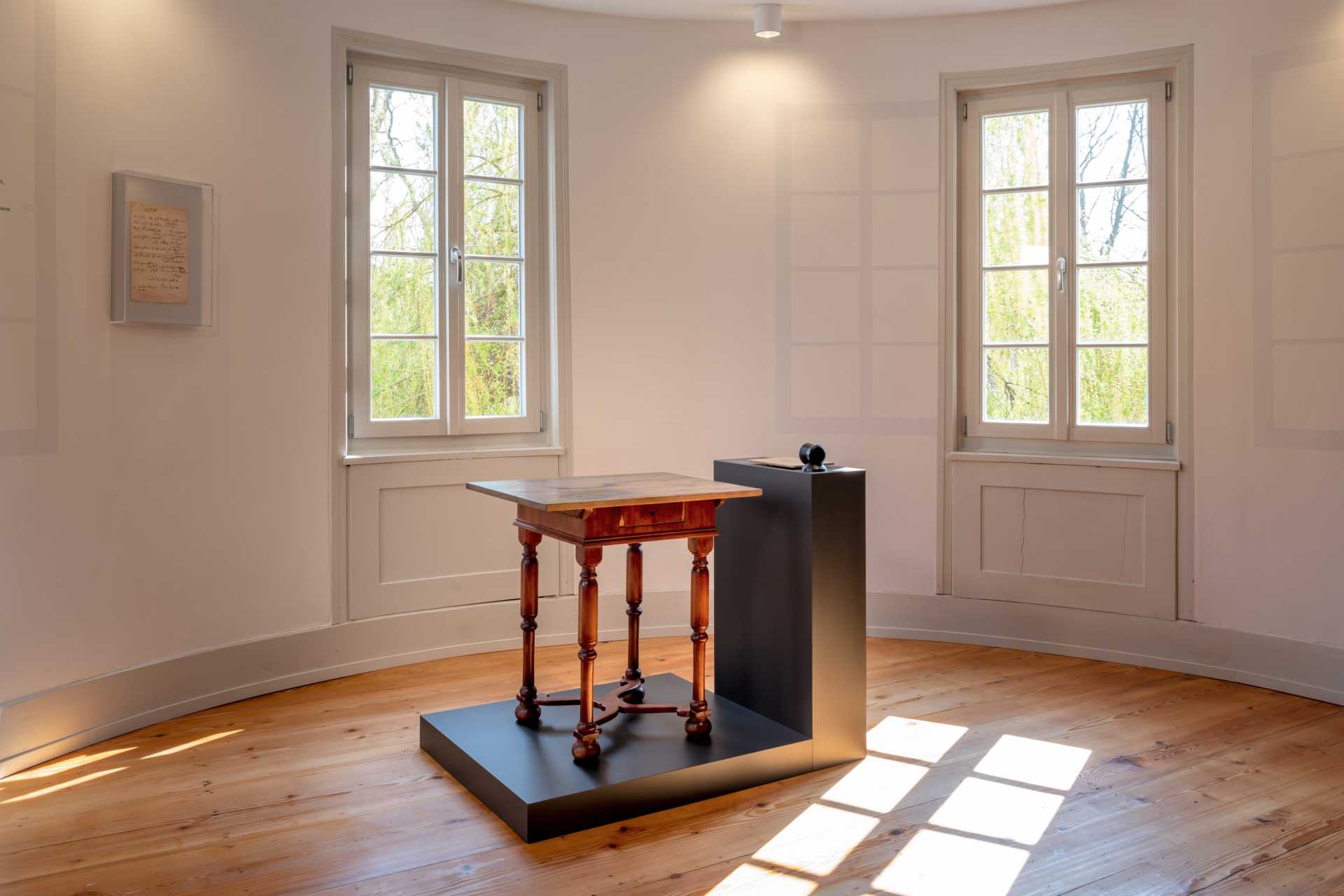
This is how Hölderlin's former room in the tower looks today
Nowadays, Hölderlin is considered one of the most important German-speaking poets. The tower in which he spent the last 36 years of his life represents one of the most significant literary places of rememberance worldwide. Moreover, his works have been adapted to numerous works of literature, music and art.
The permanent exhibition
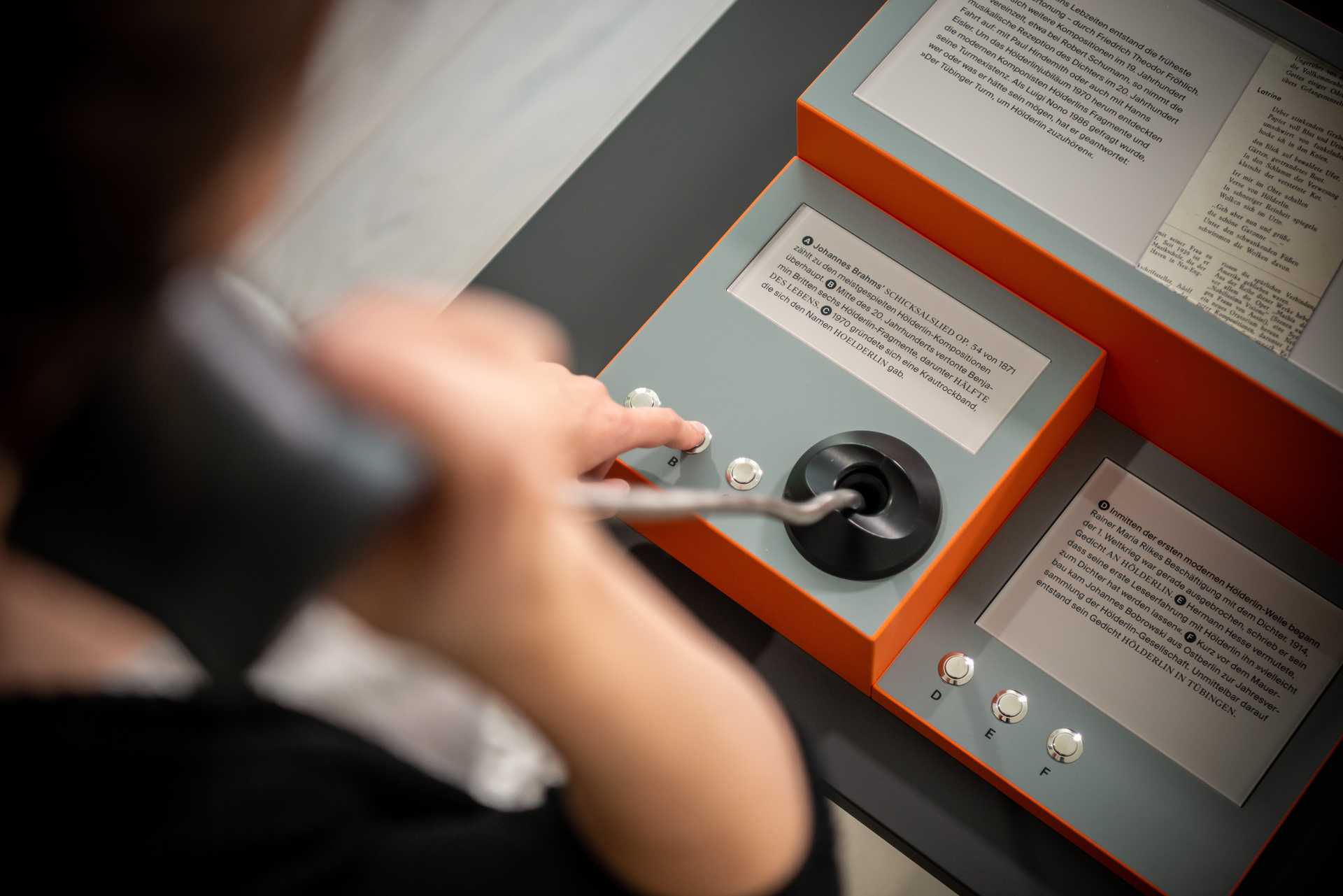
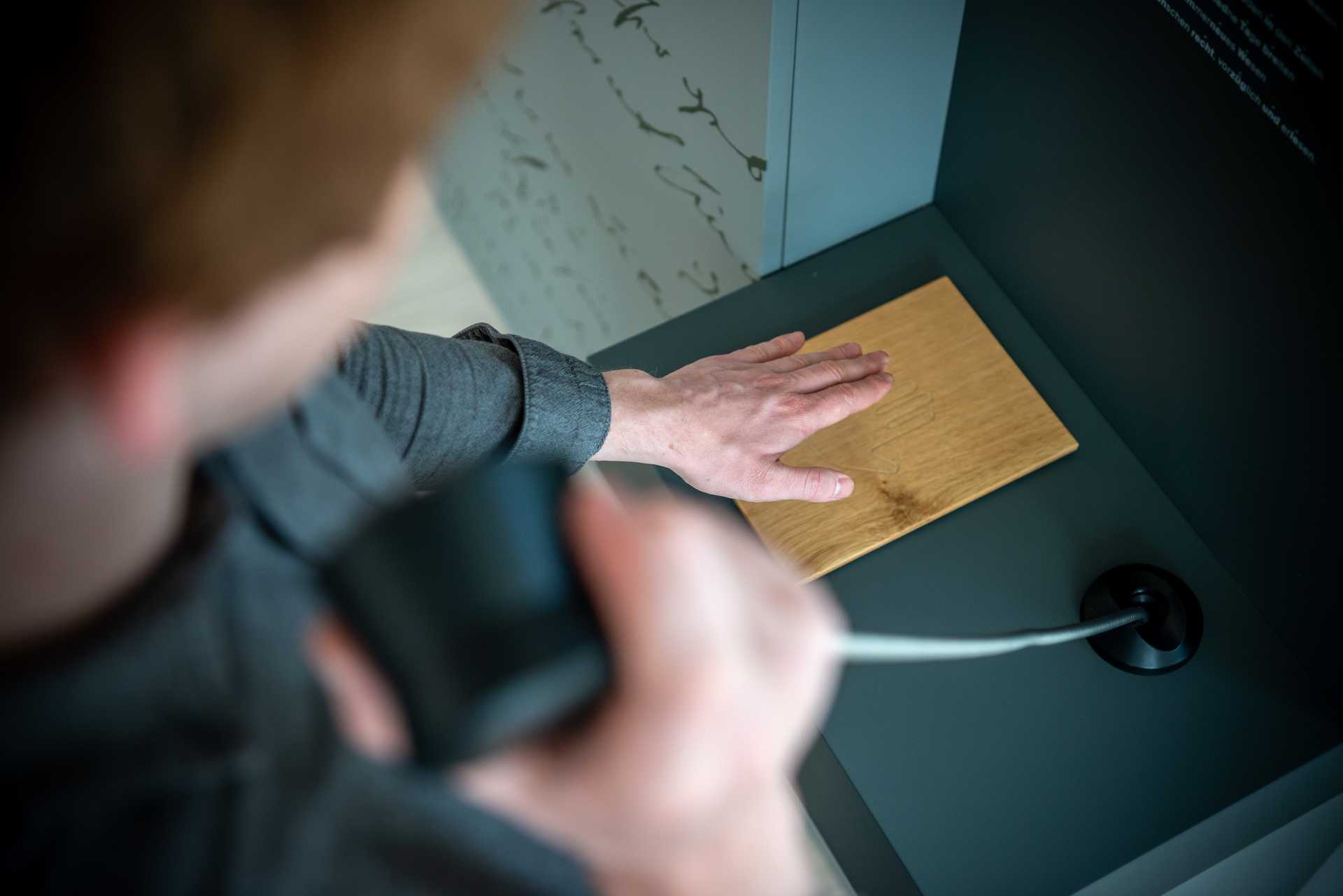
The permanent exhibition of the museum is dedicated to the periods of Hölderlin’s life, which he spend in Tübingen: His study years at the Protestant Seminary (Evangelisches Stift) (1788-1793), and the last 36 years of his life in the tower with the family of the carpenter Ernst Zimmer. Among other things, the exhibition provides insight into Hölderlin’s friendship with the later philosophers Hegel and Schelling, which were his theology course mates in Tübingen, as well as Hölderlin’s first publications in that period. The exhibition brings attention to the beauty of Hölderlin's so-called ›Tower-poems‹ (which he has written while living in the tower), and offers a sensory experience of his experimentations with language and rhythm.
But the exhibition goes beyond the poems written in Tübingen and observes Hölderlin's whole literary oeuvre. Numerous literary, musical and artistic examples highlight Hölderlin’s ongoing significance – from his to our days. The alternating special exhibitions shed light on Hölderlin’s life and works from various perspectives. Artists, researchers, and readers share their perceptions of the poet and approaches to his works.
Audioguide and English translations

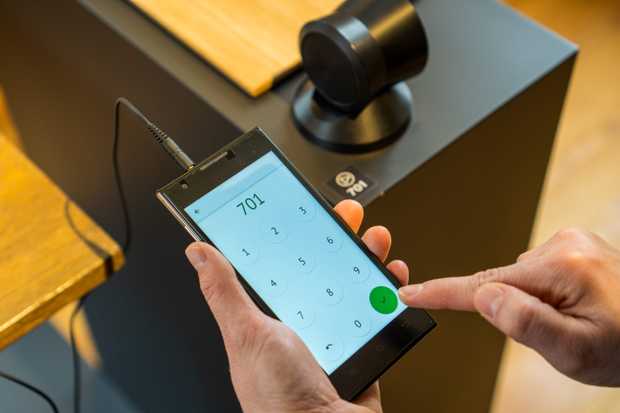
There is a media guide available for the tour through the permanent exhibition. It includes an English audio tour and translations of all the exhibition texts. The media guide can be borrowed at the museums checkout area or downloaded on one's phone. The audio tour permits the visitors to follow their own path through the exhibition, either room by room or from one object to the next.
There is a recurring icon with a number next to each exhibition text. When the number is typed into the media guide, the matching translation for the given room- and object-texts appears. The English texts panels can also be read sequentially room by room.
Tours in English
The museum offers tours in English and French, but they must be booked 14 days in advance by email.
A guided tour lasts 60 minutes, allows a maximum of 15 people, and costs 60 € for the entire group.
Museum's Garden

Museum's garden today. The first director of the clinic, Johann Heinrich Ferdinand Authenriet, had the staircase built for his patients to be able to access the Neckar River.
The garden is a part of the Hölderlin Tower. During Hölderlin’s lifetime, it belonged to the clinic across the street. That same clinic where Hölderlin received psychiatric treatment in the period from September 1805 to May 1806. He was diagnosed as mentally ill and received compulsory treatment for 231 days. The treatment recommended the poet to take walks, most likely in this very garden, adjunct to his later living quarters. After the dismissal from the clinic, Hölderlin was taken as a tenant in the tower, which was at the time home of the carpenter Ernst Zimmer.
The permanent exhibition extends into the museum's garden. Hölderlin was very keen on talking walks – as a matter of a fact, he composed many of his poems while walking. The pathway in the garden was therefore specially designed for taking walks while listening to three different poems in three different speeds.

Select one of the three poems on the media guide and you will be able to choose the way you want the poem to be read: moderate, paced or fast. Then start walking along the path and try to determine which speed fits the poem best. When the poem is read out loud slowly, you have more time to reach the end of the path. When the poem is read out loud fast, you must hurry to reach the end of the path simultaneously with the end of the poem.
How to get to the Hölderlin Tower
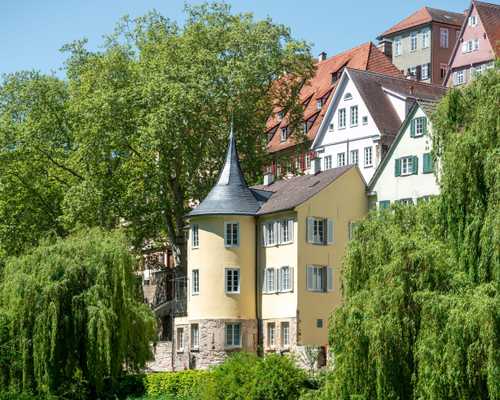
Museum Hölderlinturm
Bursagasse 6
72070 Tübingen
By bus
You can take bus lines 1-23. The name of the closest bus stop is ›Neckarbrücke‹.
Once you exit the bus, depending on which side you are on, face towards the old Neckarfront (the side with the boulevard with big trees and colourful houses). That’s the direction you should take. The yellow tower behind a willow tree is the Hölderlin Tower. Go up the bridge until you reach the first house, right on the corner.
Turn left right away, go down the round flight of stairs and walk along the river straight ahead. It will guide you straight to the entrance of the museum.
By car
The closest parking lot is the ›Neckar-Parkhaus‹, Woehrdstrasse 11, 72072 Tübingen. It is only a 5-10 minute walk from the museum.
Walking out of the ›Neckar-Parkhaus‹, turn right and walk down the street until it tees another, big street. Cross the street at the traffic lights in front of Osiander Bookstore and turn right to the bridge. When you almost cross the bridge, face towards the old Neckarfront (the side with the boulevard with big trees and colourful houses). That’s the direction you should take. The yellow tower behind a willow tree is Hölderlin Tower. Go up the bridge until you reach the first house, right on the corner.
Turn left right away, go down the round flight of stairs and walk along the river straight ahead. It will guide you straight to the entrance of the museum.
Further reading on Friedrich Hölderlin
- Friedrich Hölderlin: Poems and fragments, translated by Michael Hamburger with a preface, introduction and notes. 4th bilingual edition, London 2005.
- David Constantine: Hölderlin, Oxford 1990.
- We are like fire: Waiblinger & Hesse on Hölderlin, translated and with an introduction by Eric Miller, Victoria, BC 2007.
- Roy C. Shelton: The Young Hoelderlin, Frankfurt a.M. 1973.
Further sites in Tübingen linked to Hölderlin
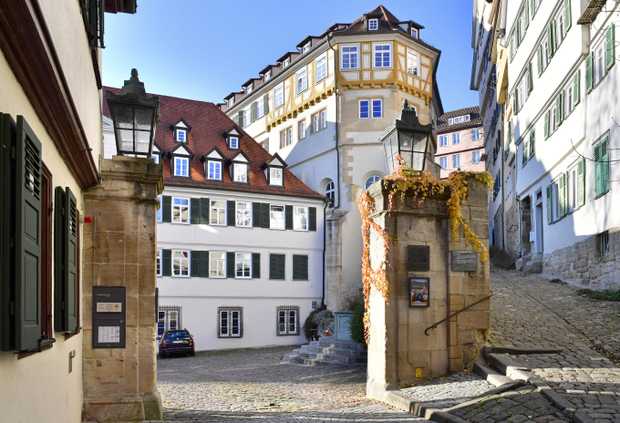
Das Evangelische Stift
Protestant Seminary
The Protestant Seminary is the historic dormitory of Protestant theology students at the university of Tübingen. As of today, students enjoy room and board here at a historic setting. Hölderlin also lived there and made friends with Magenau, Neuffer, Hegel and Schelling.

Die Burse
Historic hostel for students
During Hölderlin’s lifetime the Burse building was used as a clinic. Hölderlin was also treated there. Today the building is part of the historic university campus.

Der Stadtfriedhof
City cemetery
The cemetery where Hölderlin is buried.
The Hölderlin Society
The Hölderlin Society currently numbers almost 900 members worldwide, including readers, researchers, and numerous literary institutions. As a literary society, the Hölderlin Society aims at deepening the understanding and appreciation of Hölderlin’s work; as well as promoting research and portrayals of his poetry, life and time.
